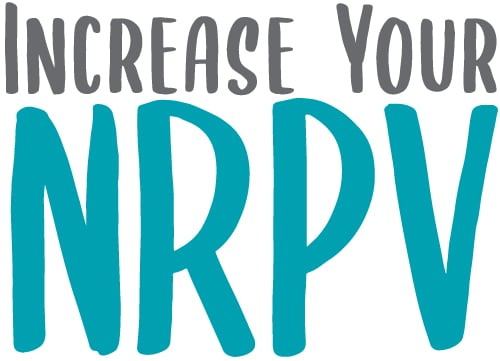There are many types of arthritis, but the most common are rheumatoid arthritis and osteoarthritis. Rheumatoid arthritis is an auto-immune disease – meaning the body’s immune system mistakenly attacks the thin membrane that lines the joints, called synovium, as if it was an infection. The result can be joint damage, pain, inflammation, loss of function and disability. In about one of every six cases, it can cause deformity. The joints most commonly affected are those in the hands, feet, wrists, knees, elbows, and ankles. Joint involvement is usually symmetrical, meaning if one join is affected, the same joint on the opposite side is usually affected as well. Rheumatoid arthritis can affect children or adults.
Osteoarthritis, sometimes called degenerative joint disease or degenerative arthritis, affects approximately 27 million Americans over the age of 60. Osteoarthritis is the breakdown in cartilage covering the ends of bones where they meet to form a joint and allow movement. Over time, as the cartilage wears away, the bones are exposed and rub against each other, causing the joints to no longer function smoothly resulting in pain and discomfort.
Many arthritis sufferers claim they can predict the weather based on their pain level. Though researchers aren’t sure why, changes in temperature or barometric pressure, a measure that refers to the weight of the surrounding air, does trigger joint pain. A study at Tufts University in Boston reported that with every 10-degree drop in temperature, participants experienced incremental increased arthritis pain. Studies on cadavers further prove that the barometric pressure affects the pressure inside the joints. ArthritisToday.org even offers a Weather Arthritis Index to help arthritis patients predict painful days before their symptoms do.
Arthritis suffers can often tolerate the pain associated with the change in temperature by using hot therapy. Hot therapy warms the tissues and eases pain by increasing blood flow to affected areas. This can help decrease inflammation, relax tight muscles and eliminate waste products such as lactic acid that cause stiffness and soreness. A hot bath or a dip in the Jacuzzi can help, or for more isolated pain, use hot packs like Norco™ Moist Heat Packs or Natra Cure Warming Gel Mittens, or a low-level continuous heat wrap, like Thermophore® 4 Stage Moist Heat Therapy Pads. Coating the hands or feet in melted paraffin wax using Therabath™ traps the heat where it’s needed, and as an added bonus, softens skin.
If you are experiencing an arthritic flare up, or acute levels of pain in certain areas from overuse, try using cold therapy, or cryotherapy, to decrease the blood flow and reduce swelling. This will slow the transmission of pain signals through nerves and inhibiting inflammatory chemicals. For acute pain and swelling or during a flare up, cold packs such ad Flexi™-Freeze can be used for 15 to 30 minutes.
Unfortunately however, there is no single technique that guarantees complete and consistent pain relief. You may need a combination of different methods or to change your habits over time. The best thing you can do for your arthritis is to learn as much as possible. Educating yourself regarding pain treatments can help break down roadblocks to pain relief and help get back to feeling like yourself again, not like yourself with arthritis.
Sources:
http://www.arthritistoday.org/conditions/rheumatoid-arthritis/all-about-ra/index.php
http://www.arthritistoday.org/conditions/osteoarthritis/all-about-oa/index.php
http://www.arthritistoday.org/community/weather–arthritis-index/index.php
Arthritis Foundation®, comp. Arthritis Information: Basic Facts Answers To Your Questions. Atlanta: Arthritis Foundation®. Print.










